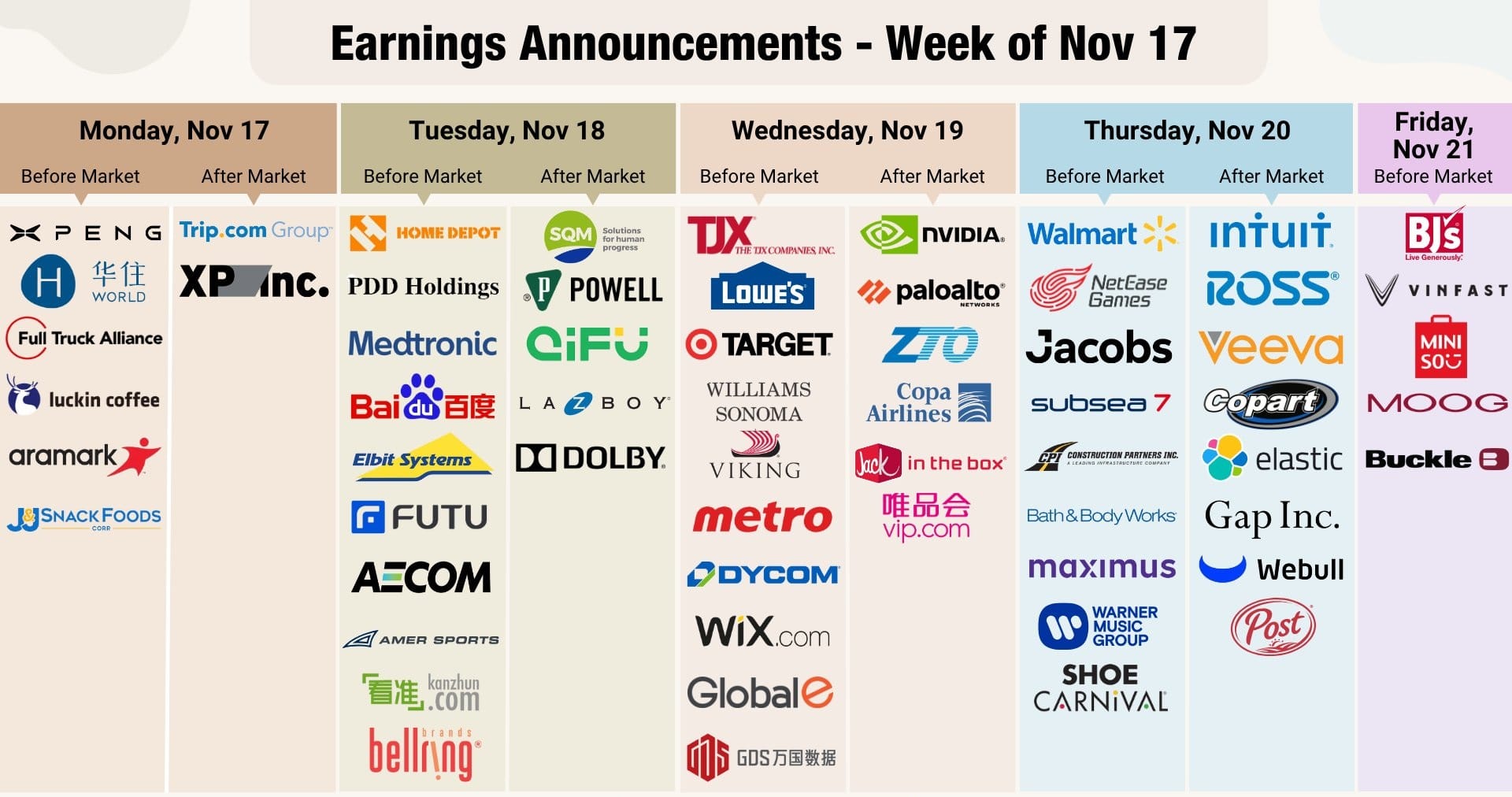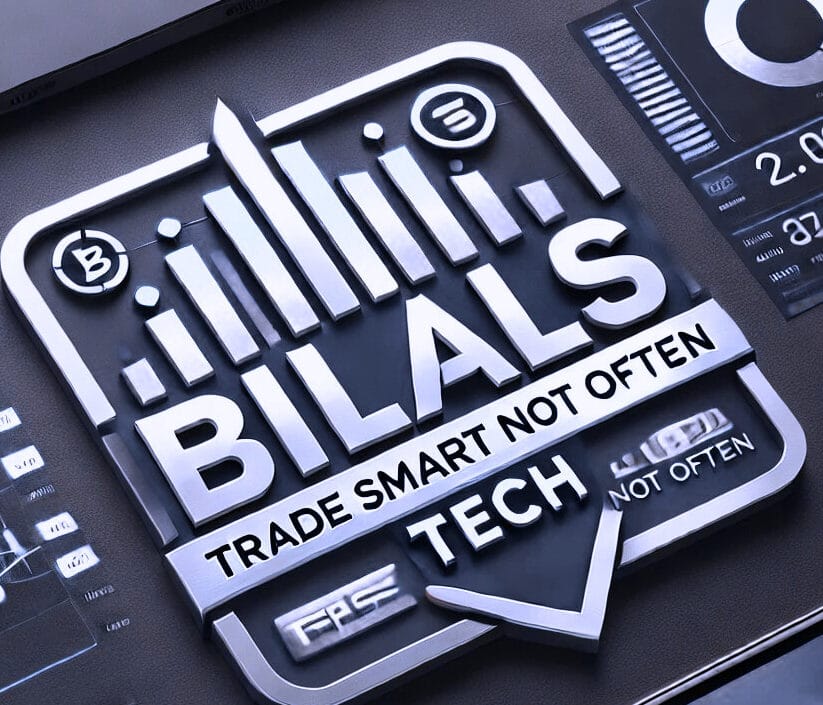Introduction: A Historic Inflection Point
Federal Reserve rate cut expectations are no longer speculative—they are the central catalyst behind one of the most decisive market rallies in recent history. Wall Street closed at all-time highs across the board: the Dow Jones Industrial Average surged to 47,207.12, the S&P 500 reached 6,791.69, and the Nasdaq Composite soared to 23,204.87. These record closes were powered by two converging forces: cooler-than-expected U.S. inflation data and exceptionally strong corporate earnings, particularly from the so-called “Magnificent Seven” tech titans.
This moment marks more than a short-term euphoria—it signals a structural shift in market dynamics. After more than two years of aggressive monetary tightening, the Federal Open Market Committee (FOMC) is widely expected to deliver a 25-basis-point rate cut, lowering the federal funds rate from 4.00–4.25% to 3.75–4.00%. With an 88% probability priced into markets, this move is seen as the first step in a broader easing cycle aimed at sustaining economic growth without reigniting inflation.
Yet beneath the surface of record indices lies a complex narrative: a deepening economic divide between affluent and lower-income consumers, disruptions from a prolonged U.S. government shutdown, and rising geopolitical tensions—especially in U.S.-Canada and U.S.-China trade relations. These undercurrents create both opportunity and risk, demanding a sophisticated, forward-looking investment approach.
This pillar article provides a comprehensive analysis of today’s financial ecosystem, covering:
- Why the Federal Reserve rate cut is imminent—and what it means for asset allocation
- How AI-powered earnings from Apple, Microsoft, Meta, Alphabet, Amazon, Nvidia, and Tesla are sustaining momentum
- The hidden fragility in consumer behavior and labor markets
- Global central bank responses, from Ottawa to Santiago
- Strategic positioning for investors navigating the AI-driven era
Whether you manage institutional capital or build a personal portfolio, this deep dive equips you with the data, context, and foresight to thrive in a period of monetary transition and technological transformation.
Section 1: Inflation Cools—The Fed’s Green Light to Cut
The September U.S. Consumer Price Index (CPI) report delivered a pivotal signal: inflation is moderating. CPI rose just 0.3% month-over-month, slightly below consensus forecasts, following a 0.4% increase in August. On an annual basis, inflation edged up to 3.0%, still above the Fed’s 2% target but showing clear signs of deceleration.
Key drivers of this moderation:
- Shelter costs—a historically sticky component—showed sharp deceleration
- Food prices rose only 0.2%, down from 0.5% in August
- Gasoline surged 4.1%, but this was largely offset by softer core categories
Critically, the core CPI (excluding food and energy) rose just 0.2%, reinforcing the narrative that underlying inflationary pressures are easing. This gives the Fed the confidence to pivot from its restrictive stance.
Market pricing now reflects near-certainty of a 25-basis-point cut at the upcoming FOMC meeting, with expectations for two additional cuts before year-end. As Joe Saluzzi of Themis Trading noted:
“Inflation is relatively tame. And you’ve still got a problem in the jobs market… which is why the Fed is going to continue doing what they’re doing.”
This shift is historic. After 11 consecutive rate hikes between 2022 and 2024, the central bank is acknowledging that growth risks now outweigh inflation risks. Persistent softness in labor demand, declining consumer sentiment, and fiscal drag from the government shutdown all reinforce the case for easing.
Importantly, the Fed’s move is preemptive, not reactive. By cutting now, policymakers aim to engineer a “soft landing”—returning inflation to target without triggering a recession.
Section 2: The Magnificent Seven—AI as the Engine of Market Leadership
While macro conditions set the stage, it’s the earnings dominance of the Magnificent Seven that’s driving the rally’s momentum. These seven companies—Apple, Microsoft, Alphabet, Amazon, Meta, Nvidia, and Tesla—now account for over 30% of the S&P 500’s market cap, and their Q3/Q4 reports are being scrutinized for AI monetization, cloud demand, and capital efficiency.
Apple (AAPL)
Expected to report higher Q4 revenue, driven by stronger iPhone sales and early adoption of AI-enhanced features in iOS 18. Investors are watching:
- Demand for new iPhone models
- Services growth (App Store, iCloud, Apple Pay)
- China market resilience amid geopolitical friction
Microsoft (MSFT)
Azure cloud revenue continues to surge on enterprise AI adoption. Key focus:
- Azure AI usage metrics and pricing
- Relationship with OpenAI amid governance concerns
- Outlook for AI infrastructure spending
Meta (META)
Advertising revenue is rebounding thanks to AI-powered ad targeting and the success of Ray-Ban Meta smart glasses. Analysts want clarity on:
- ROI from AI infrastructure investments
- Regulatory risks under the EU’s Digital Services Act
- Monetization of AI agents and metaverse initiatives
Alphabet (GOOGL)
Google Cloud and YouTube ads are thriving. The market is laser-focused on:
- Progress of Gemini AI and AI Mode in Search
- Capital expenditure trajectory
- Data center capacity constraints
Amazon (AMZN)
E-commerce remains resilient despite tariff pressures, while AWS benefits from AI-driven enterprise migration. Key metrics:
- Holiday season guidance
- Impact of recent AWS outage
- Margins in logistics and advertising
Though Nvidia and Tesla aren’t detailed in the earnings preview, both remain central to the AI narrative—Nvidia as the chipmaker powering generative AI, and Tesla as a controversial AI play with its Full Self-Driving “Mad Max” mode now under NHTSA investigation.
This collective strength has created a self-reinforcing cycle: strong earnings → higher valuations → greater investor confidence → increased capital allocation to AI → further innovation. Unlike the dotcom bubble, today’s leaders generate real cash flow, real profits, and real AI applications.

Section 3: The Consumer Divide—Two Economies in One
A stark economic bifurcation is emerging across U.S. households:
- Affluent consumers are buying premium products (larger pack sizes, luxury travel, business jets)
- Lower-income households are trading down, seeking discounts, and delaying purchases
This split is evident across sectors:
Procter & Gamble beat earnings thanks to strong beauty and haircare sales (premium segments), while laundry and diaper categories face increased discounting pressure from rivals. P&G has raised prices by 2–2.5% but is enhancing products to justify value.
Kraft Heinz expects declining Q3 sales as budget-conscious shoppers shift to private labels. Similarly, Coca-Cola executives noted lower-income consumers are canceling or delaying purchases.
General Dynamics reported strong business jet deliveries—proof that high-net-worth individuals remain confident. Meanwhile, Etsy benefits as cautious shoppers seek affordable, handmade gifts.
This divergence complicates the Fed’s job. While aggregate data appears stable, underlying fragility in lower-tier spending could accelerate if job losses mount or credit tightens.

Section 4: The Data Blackout—Government Shutdown’s Hidden Cost
One of the most underappreciated risks is the ongoing U.S. government shutdown, now in its 24th day. This isn’t just political theater—it’s creating a critical void in economic intelligence.
Key reports will not be released, including:
- Durable Goods Orders
- Pending Home Sales
- Advance Q3 GDP
- Weekly Jobless Claims
- Personal Income & Spending
- Trimmed Mean PCE Price Index
The only major exception: the Conference Board’s Consumer Confidence Index, expected Tuesday at 93.4 (down from 94.2).
This data blackout severely limits the Fed’s real-time visibility. Without fresh GDP or employment figures, policymakers must rely on lagging indicators and private-sector proxies, increasing the risk of policy error.
Operational impacts are already visible:
- Air traffic controllers missing paychecks → flight delays
- Alaska Airlines grounded by tech outage (exacerbated by staffing gaps)
- FDA and SEC operations scaled back
While the economic impact is likely temporary, the psychological effect is real: uncertainty breeds caution, and caution slows investment.
Section 5: Global Central Banks—Echoes of Easing
The Fed doesn’t operate in isolation. Its actions ripple across global markets.
Bank of Canada (BoC)
Set to announce its rate decision the same day as the Fed. With Canada’s economy contracting 1.6% in Q2 due to U.S. tariffs on steel, aluminum, and autos, a 25-basis-point cut to 2.25% is widely expected. Prime Minister Mark Carney is actively diversifying trade ties in Asia, including a potential meeting with China’s Xi Jinping, to reduce U.S. dependence.
Latin America & Europe
- Chile’s central bank meets Tuesday
- Mexico releases flash Q3 GDP Thursday
- Brazil publishes IGP-M inflation index
- ECB remains cautious amid mixed signals
Currency markets reflect this divergence:
- Euro/Dollar: 1.1633 (+0.14%)
- Dollar/Yen: 152.79 (+0.14%)
- Dollar/CAD: 1.3994 (+0.04%)
The U.S. dollar index dipped slightly to 98.90, as rate cut expectations reduced yield appeal—yet the greenback remains strong due to relative economic resilience.
Section 6: Bonds, Oil, and Gold—The Quiet Repricing
While equities dominate headlines, fixed income and commodities tell a complementary story.
Treasury Yields
- 10-year: 3.9988%
- 2-year: 3.4820%
- 30-year: 4.5881%
The yield curve remains inverted but flattening, signaling market belief in near-term easing without long-term inflation resurgence.
Commodities
- WTI Crude: $61.49/barrel (–0.49%)
- Gold: $4,101.38/oz (–0.57%)
Oil declined on skepticism about U.S. sanctions enforcement on Russian oil firms. Gold pulled back as rate cut certainty reduced safe-haven demand—though analysts warn a break below $4,000 could trigger a selloff toward $3,850.
Section 7: The AI Bubble Debate—Dotcom Lessons Revisited
Not all investors are celebrating. A growing chorus warns of an AI valuation bubble, drawing parallels to the late 1990s internet boom.
Yet, there’s a key difference: today’s AI leaders generate cash flow. Microsoft, Meta, and Alphabet are not burning cash—they’re reinvesting profits into AI infrastructure with measurable ROI.
Still, caution is warranted. As one strategist noted:
“Major investors are using the dotcom playbook—riding the wave but rotating into ‘next-line’ winners before euphoria peaks.”
This means:
- Reducing exposure to hyped AI startups with no revenue
- Focusing on established firms with pricing power and data moats
- Monitoring capex sustainability—can companies keep spending billions on AI without margin erosion?
The Fed’s rate cut may extend the AI rally, but it also increases the risk of speculative excess. Discernment is key.
Section 8: Strategic Positioning—What Investors Should Do Now
For investors, the path forward requires nuanced positioning:
✅ Overweight:
- AI-enabling infrastructure (cloud, semiconductors, data centers)
- Quality healthcare with pricing power (UnitedHealth, CVS, Cigna)
- Utilities benefiting from data center load growth (NextEra, Xcel, AEP)
⚠️ Underweight:
- Consumer discretionary exposed to lower-income stress (Kraft Heinz, discount retailers)
- Companies with high tariff exposure and limited pricing power
- Overvalued AI narratives without earnings backing
🔍 Monitor Closely:
- Fed’s post-cut guidance (dovish pivot vs. pause)
- Q4 holiday demand signals (Amazon, PayPal, Etsy)
- Geopolitical developments (U.S.-China, U.S.-Canada trade)
Conclusion: Navigating the New Normal
The Federal Reserve rate cut is more than a policy adjustment—it’s a psychological turning point. After years of tightening, volatility, and uncertainty, markets are embracing a new narrative: growth with moderation.
Powered by AI, anchored by earnings, and validated by cooling inflation, this rally has stronger foundations than many assume. Yet, risks remain—fiscal dysfunction, consumer fragility, and global fragmentation.
The winners of this era won’t be those who chase every AI headline, but those who combine macro awareness with bottom-up discipline. In a world where data is scarce and sentiment swings fast, clarity is the ultimate edge.
As the FOMC meets, earnings flood in, and central banks recalibrate, one truth endures: the best investment is understanding.













